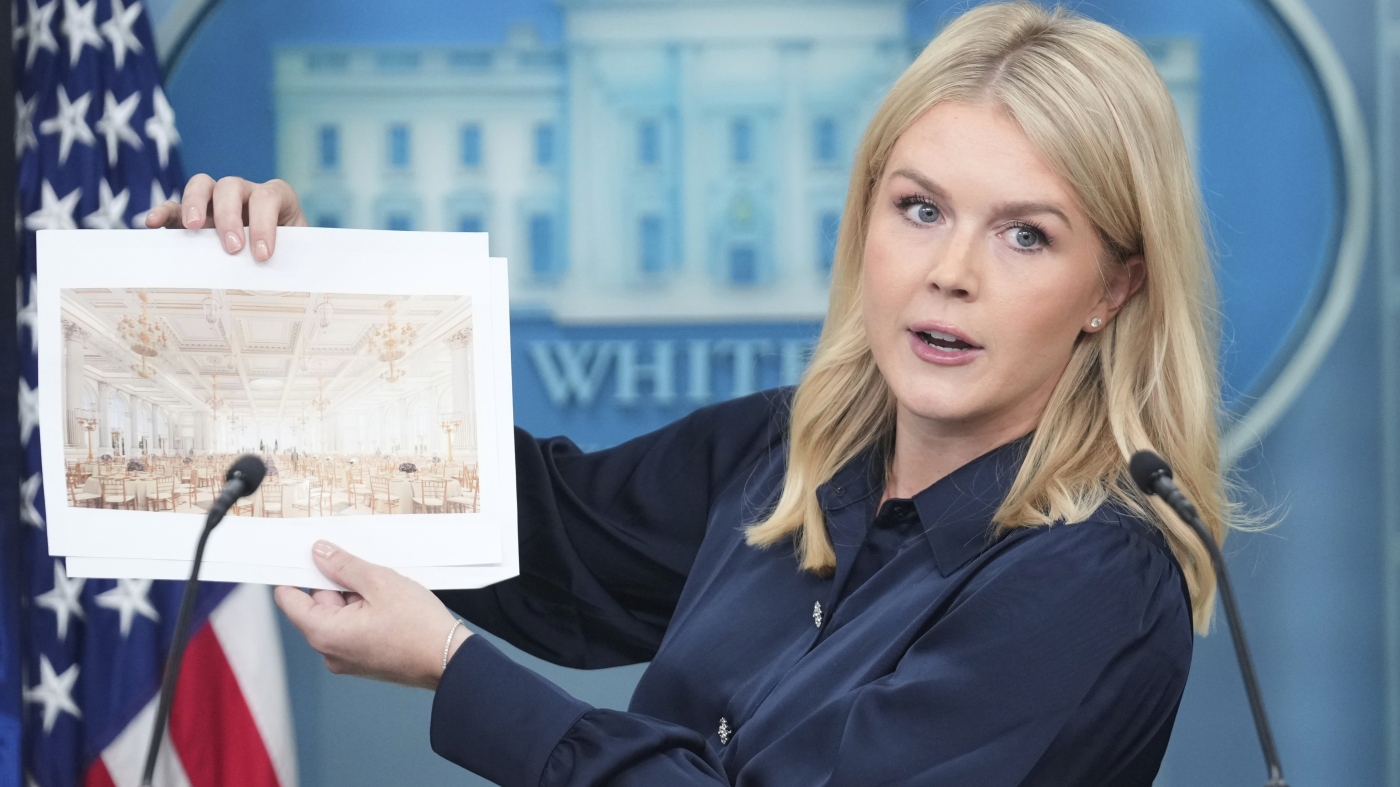After more than a decade of contemplation and public discussion, President Donald Trump’s ambitious vision for a grand ballroom within the White House complex is finally slated to become a reality, with construction anticipated to commence this September at an estimated cost of $200 million.
The extensively planned White House ballroom is projected to encompass an impressive 90,000 square feet, a significant expansion confirmed by White House press secretary Karoline Leavitt, who presented detailed renderings of the proposed structure during a recent press briefing, underscoring the substantial scale of this presidential project.
This endeavor represents the culmination of considerable planning, with all architectural renderings now finalized and the necessary teams of architects and contractors already engaged. The consistent narrative surrounding this initiative highlights President Trump’s long-held desire to enhance the White House’s capacity for large-scale events.
White House chief of staff Susie Wiles affirmed President Trump’s personal commitment, stating, “President Trump is a builder at heart and has an extraordinary eye for detail.” The administration maintains that this development aligns with efforts to both preserve the rich history of the White House and create a versatile, beautiful space for future administrations and generations of Americans.
Currently, the East Room serves as the largest event space, accommodating approximately 200 guests for dinner. For decades, the logistical challenges of hosting larger state dinners or significant events necessitated outdoor arrangements, often involving elaborate temporary tents complete with flooring and chandeliers, an operational limitation the new White House ballroom aims to resolve as a much-needed addition.
Funding for the monumental $200 million undertaking is reportedly sourced from President Trump himself, alongside contributions from “other patriot donors,” as articulated by Press Secretary Leavitt, who also indicated that the construction phase is expected to conclude well before the conclusion of Trump’s current term, with the new structure situated in the current East Wing, leading to some office displacement.
The concept of a purpose-built ballroom has been a persistent theme in Donald Trump’s public commentary. He previously expressed frustration with the White House’s existing event capabilities, reportedly contrasting them with the opulent ballrooms he has constructed elsewhere, suggesting a personal connection and a desire to bring his signature building style to the executive residence.
This significant construction project marks another tangible effort by President Trump to leave an indelible mark on the White House’s physical landscape. Previous modifications during his tenure include notable changes to the Oval Office, additions of new medallions in the Cabinet Room, and the installation of flagpoles and paving stones, each reflecting a distinctive presidential approach to the historic residence.





Leave a Reply